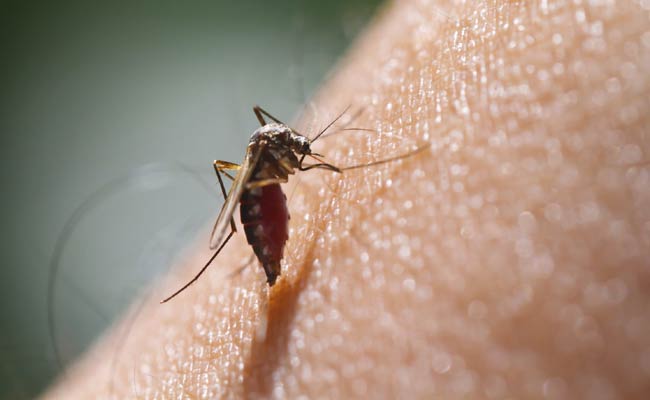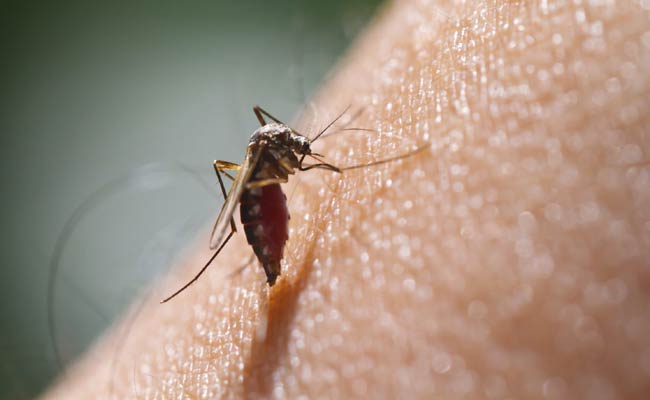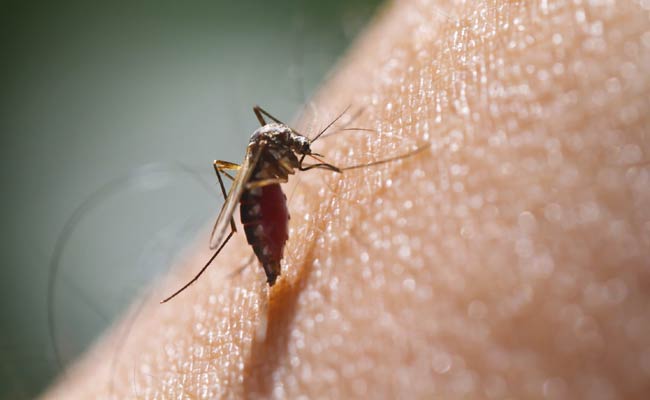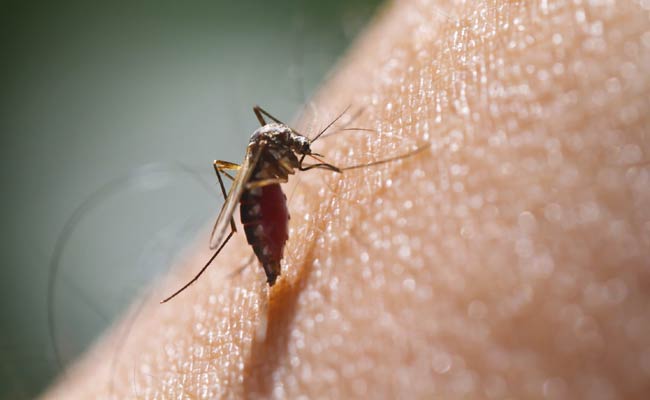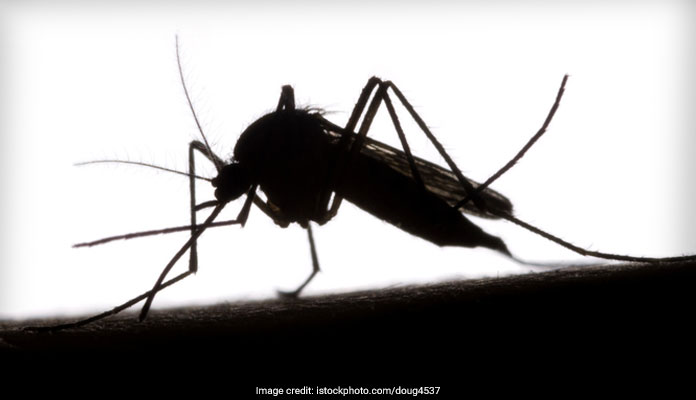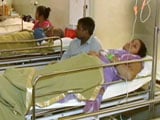Chikungunya
What is it?
Chikungunya was first described in Tanganyika, Africa in 1955. An outbreak of chikungunya was discovered in Port Klang in Malaysia in 1999 affecting 27 people. In February 2005, an outbreak was recorded on the French island of Réunion in the Indian Ocean. As of 18 May 2006, 258,000 residents have been hit by the virus in the past year (out of a population of about 777,000). 219 official deaths have been associated with chikungunya). In Mauritius, 3,500 islanders have been hit in 2005. Key Facts-Chikungunya is a viral disease transmitted to humans by infected mosquitoes. It causes fever and severe joint pain. Other symptoms include muscle pain, headache, nausea, fatigue and rash.-Joint pain is often debilitating and can vary in duration.-The disease shares some clinical signs with dengue and zika, and can be misdiagnosed in areas where they are common.-There is no cure for the disease. Treatment is focused on relieving the symptoms.-The proximity of mosquito breeding sites to human habitation is a significant risk factor for chikungunya.-The disease mostly occurs in Africa, Asia and the Indian subcontinent. However a major outbreak in 2015 affected several countries of the Region of the Americas.
What are the causes?
Chikungunya has been identified in over 60 countries in Asia, Africa, Europe and the Americas.The virus is transmitted from human to human by the bites of infected female mosquitoes. Most commonly, the mosquitoes involved are Aedes aegypti and Aedes albopictus, two species which can also transmit other mosquito-borne viruses, including dengue. These mosquitoes can be found biting throughout daylight hours, though there may be peaks of activity in the early morning and late afternoon. Both species are found biting outdoors, but Ae. aegypti will also readily feed indoors. After the bite of an infected mosquito, onset of illness occurs usually between 4 and 8 days but can range from 2 to 12 days.
What are the symptoms?
Chikungunya is characterized by an abrupt onset of fever frequently accompanied by joint pain. Other common signs and symptoms include muscle pain, headache, nausea, fatigue and rash. The joint pain is often very debilitating, but usually lasts for a few days or may be prolonged to weeks. Hence the virus can cause acute, subacute or chronic disease. Most patients recover fully, but in some cases joint pain may persist for several months, or even years. Occasional cases of eye, neurological and heart complications have been reported, as well as gastrointestinal complaints. Serious complications are not common, but in older people, the disease can contribute to the cause of death. Often symptoms in infected individuals are mild and the infection may go unrecognized, or be misdiagnosed in areas where dengue occurs.
How is the diagnosis made?
Several methods can be used for diagnosis. Serological tests, such as enzyme-linked immunosorbent assays (ELISA), may confirm the presence of IgM and IgG anti-chikungunya antibodies. IgM antibody levels are highest 3 to 5 weeks after the onset of illness and persist for about 2 months. Samples collected during the first week after the onset of symptoms should be tested by both serological and virological methods (RT-PCR). The virus may be isolated from the blood during the first few days of infection. Various reverse transcriptase–polymerase chain reaction (RT–PCR) methods are available but are of variable sensitivity. Some are suited to clinical diagnosis. RT–PCR products from clinical samples may also be used for genotyping of the virus, allowing comparisons with virus samples from various geographical sources.
What is the treatment?
While supportive or palliative medical care with anti-inflammatory drugs and analgesics is available, there is no specific treatment for chikungunya. The illness is usually self-limiting and resolves with time. Symptomatic treatment is recommended after excluding other more dangerous diseases. Analgesics, antipyretics and fluid supplementation are important aspects in managing this infection. There is no vaccine currently available. The virus can be killed by common disinfectants, moist heat and drying. The vector (a mosquito) also needs to be controlled with insecticides.
What are the prevention?
Prevention is possible by controlling proliferation of mosquitoes in stagnant water. Water collection should be avoided by: Eliminating any still water found on roofs Seeing to it that water pipes are not clogged Properly covering all water tanks so that mosquitoes cannot get in Getting rid of any container capable of retaining water in the outdoor surroundings (used tyres, food cans, garbage, saucers under flower pots, etc) Renew water in flower vases at least once a week Other precautions: Wear clothes that suitably cover arms and legs Use mosquito nets and mosquito repellent products (coils, sprays, topical lotions and creams) Have secure screens on windows and doors to keep mosquitoes out. A person with chikungunya fever should limit their exposure to mosquito bites in order to avoid further spreading the infection, and should stay indoors or under a mosquito net.
Chikungunya News More News
- Dengue Cases Hit 9,169-Mark Even As The Season Of Vector-Borne Diseases Are Coming To An End
- Researchers At IIT Discover New Drug To Cure Chikungunya
- Dengue Explosion, 28 New Cases Reported In One Day In Patiala: Tips To Prevent Dengue
- 894 New Dengue Cases Reported In Delhi Last Week: Tips To Prevent Dengue
- Death Due To A Rare Dengue Complication
- 80 Dengue Cases Reported In Chandigarh This Month
- Nadda Holds High-Level Meet To Take Stock Of Vector Borne Diseases
- Beware: Malaria and Chikungunya Grip Delhi Yet Again
- Mosquito Menace: New Species Of Deadly Mosquitoes Enters Delhi
Chikungunya Videos More Videos
FAQ Related to Chikungunya
................... Advertisement ...................
................... Advertisement ...................
................... Advertisement ...................
................... Advertisement ...................



